Video of the Week:
Tips on Harvesting Pears
Flowers:
Dividing Peonies
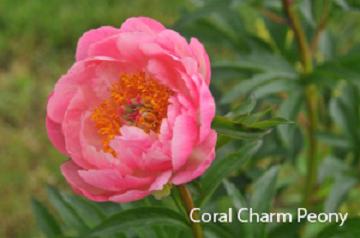
Fall is the traditional time to divide these plants. The first step in division is to remove the foliage. Peonies are essentially dormant by September 1 even though the foliage is still green. Then dig out the entire plant. Shake and wash off as much soil as possible so that the pink buds or "eyes" are visible. Peony roots are tough, and a sharp knife is needed to cut the roots into separate pieces. Make sure each division has three to four buds. Make sure the location chosen for planting receives at least a half-day of full sun. However, the more sun, the better. Space the plants so that there is at least 2 feet between dwarf types and 4 feet between the standard types.
Follow the same rules for planting these divisions as you do for new plants. Make sure the pink buds are about 1 inch below the soil surface. If they are set more than 2 inches deep, flowering may be delayed or completely prevented. As you set the plants, firm soil often as it is added around the plant. If the soil is not firmed, it can settle and pull the plant down with it. Water in well after planting and water as necessary through the fall and winter to keep the soil moist. It is often a good idea to add mulch to the new planting to protect it from heaving. The alternate
freezing and thawing that commonly occurs during Kansas winters can "heave" weakly rooted plants out of the ground. Add a mulch of straw, leaves, compost or other material after the soil freezes. Remember, it is not the cold that harms these plants but the alternate freezing and thawing of the soil. (Ward Upham)
Vegetables:
Asparagus and Rhubarb in the Autumn Season
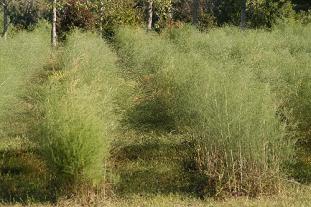
Weird Squash
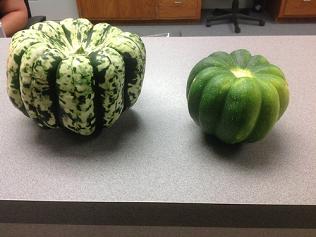
In such cases, the gardener is assuming that cross-pollination will affect the fruit. Such is not the case. The characteristics of the fruit are determined by the mother plant and are not affected by cross-pollination. However, there will be a problem if seed is saved for the next year from a flower that was cross-pollinated. All bets are off on what you will get if that happens.
So, how do we end up with this weird vegetable? Though it could be that the gardener had forgotten exactly what he planted, more likely is that the seed he bought had been accidentally cross-pollinated before packaging. Another possibility is that the plant came from seed produced by fruit that had rotted in the garden the previous year. Regardless, don’t worry about planting different cultivars of squash or cucumbers or melons close to one another. Though cross-pollination sometimes occurs, the fruit will not be affected. (Ward Upham)
Fruit:
Storing Apples
Wealthy: 60 days
Paulared: 90 days
Gala: 120 days
Jonathan: 120 days
Grimes Golden: 120 days
Golden Delicious: 150 days
Empire:150 days
Delicious: 160 days
Braeburn: 180 days
Idared: 200 days
Rome Beauty: 220 days
Winesap: 220 days
Fuji: 240 days
Granny Smith: 240 days
Arkansas Black: 240 days
The condition of the apples and how they are stored will strongly influence the storage period.
Some guidelines to help assure good quality and maximum storage life of apples include:
* Store only the best quality.
* Pick as they are first maturing.
* Avoid skin breaks, disease or insect damage, and bruises on individual fruit
* Store in a plastic bag to help retain moisture in the apples. The bag should have a few small holes for air exchange. The bags of apples may be stored in boxes to prevent bruising if they must be stacked or moved from time to time.
* Refrigerate at about 35 degrees F. An extra refrigerator works well.
*Sort about every 30 to 40 days to remove fruit that may be beginning to rot. (Ward Upham)
Turfgrass:
Little Barley in Lawns
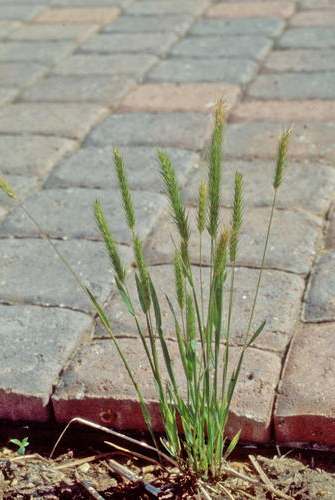
So, why are we talking about little barley now? Because now is the time to control it for next year. The best control for little barley is a thick lawn that is mowed high enough that sunlight does not hit the soil. Little barley seed will not germinate in such conditions. Overseeding now can thicken up a tall fescue lawn and prevent a little barley infestation.
However, if you do not plan to overseed, preemergence herbicides can be used to provide at least partial control of this weed. The only preemergence herbicide that I know is labeled specifically for little barley is Surflan. It is also sold under the name of Weed Impede by Monterey Lawn and Garden. Surflan can only be used on warm-season grasses (bermudagrass, buffalograss, zoysiagrass) and tall fescue grown in warm-season areas such as Kansas. However, Dimension (dithiopyr), is labeled for barley (Herodium spp.) which would include little barley and therefore can be used to keep this weed under control. Because little barley is a winter annual, apply the preemergence herbicide now and water in to activate. If overseeding, do not apply any preemergence herbicide as it will interfere with the germination of tall fescue. (Ward Upham)
Miscellaneous:
Organic Sources of Nitrogen Fertilizer
Product Analysis Pounds /100 sq. ft. Notes
Blood Meal 12-0-0 5 - 10 Can burn plants if overapplied.
Cottonseed Meal 6-0.4-1.5 10 May have pesticide carryover unless labeled as pesticide- free.
Soybean Meal 7-2-1 8
Feed stores will often sell these products. Colorado State University has an excellent publication on organic fertilizers at http://www.ext.colostate.edu/mg/Gardennotes/234.html. (Ward Upham)
Contributors: Ward Upham, Extension Associate
To view Upcoming Events: http://tinyurl.com/fswqe
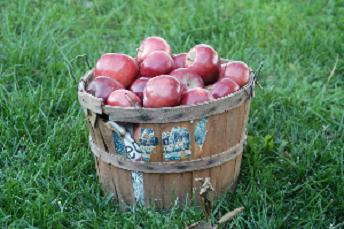
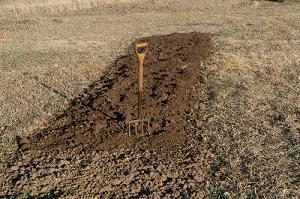
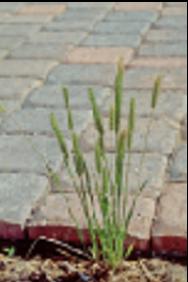
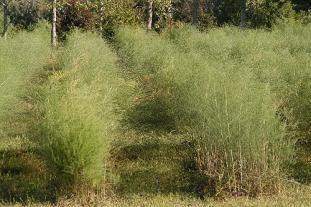
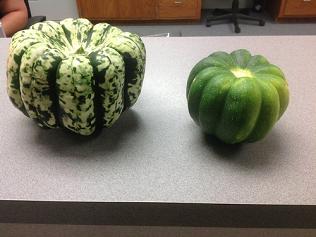
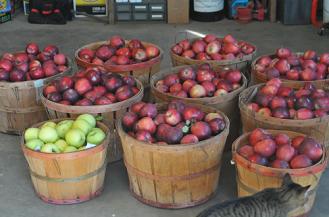
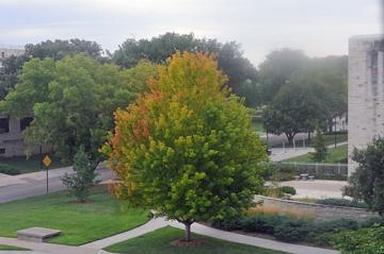
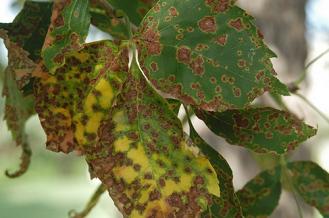
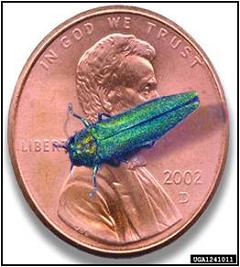
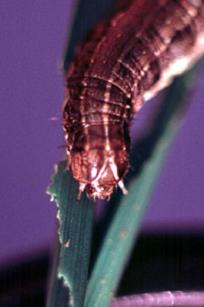
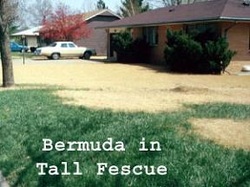
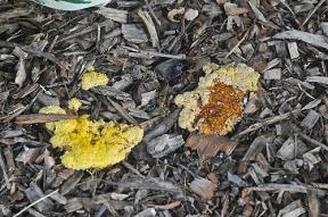
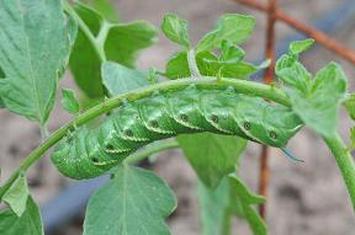
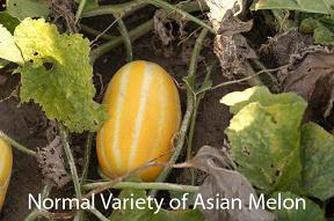
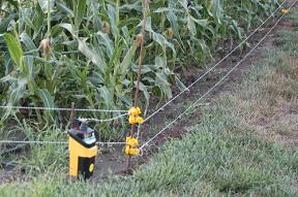
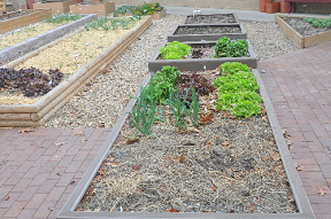
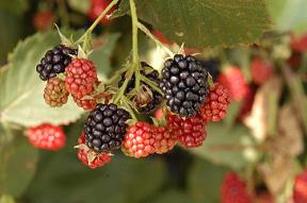
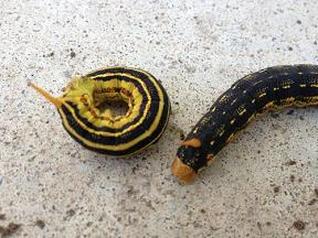
 RSS Feed
RSS Feed
